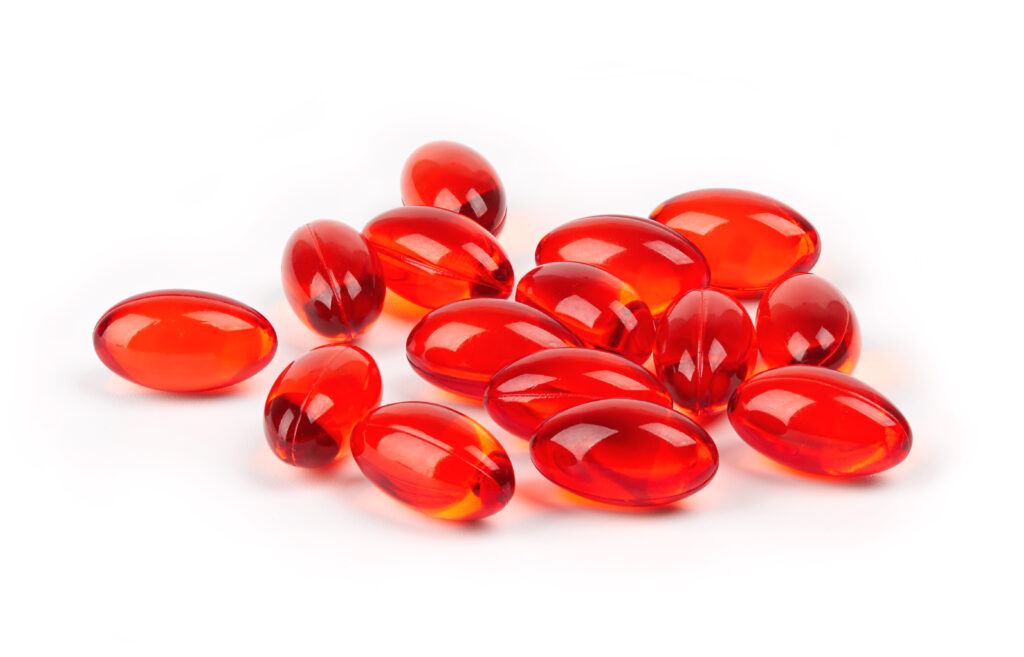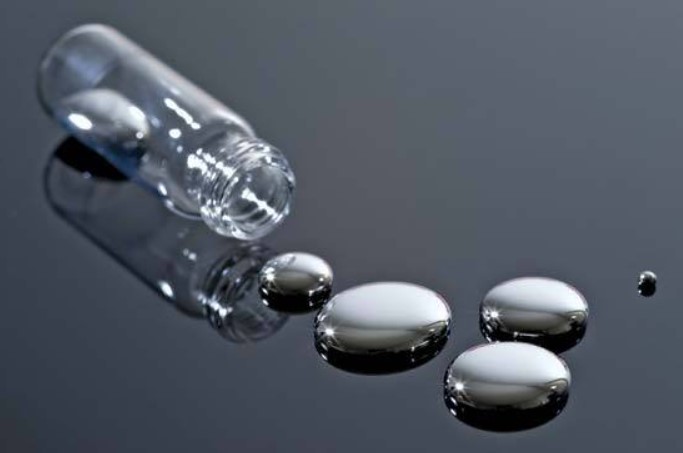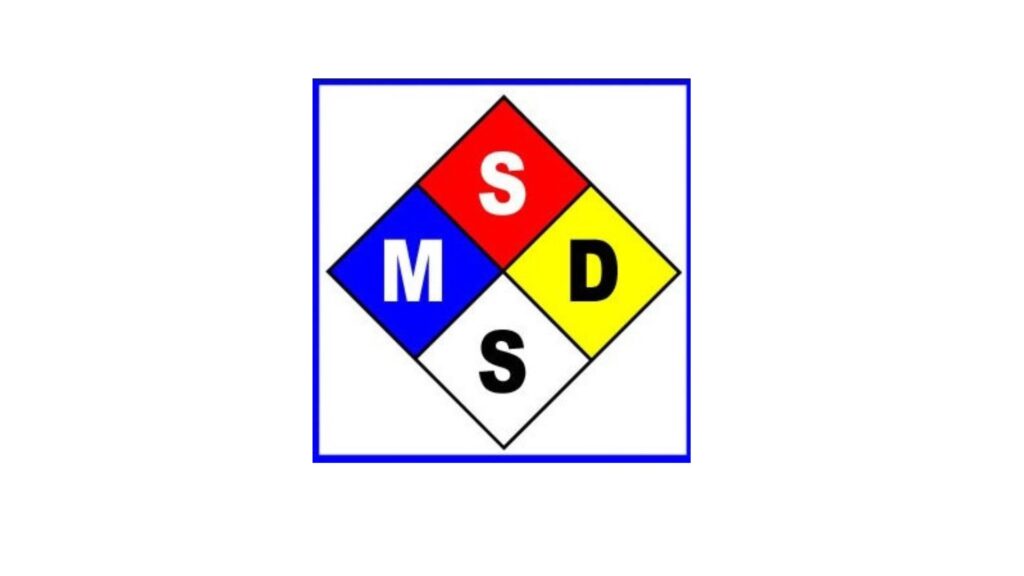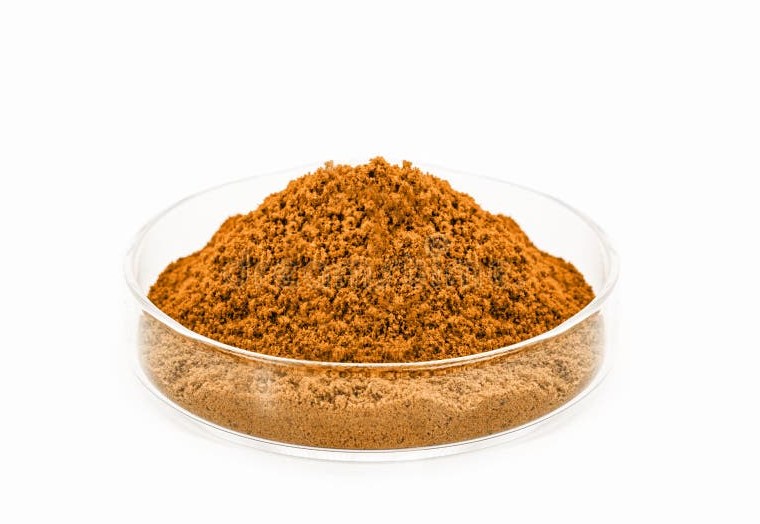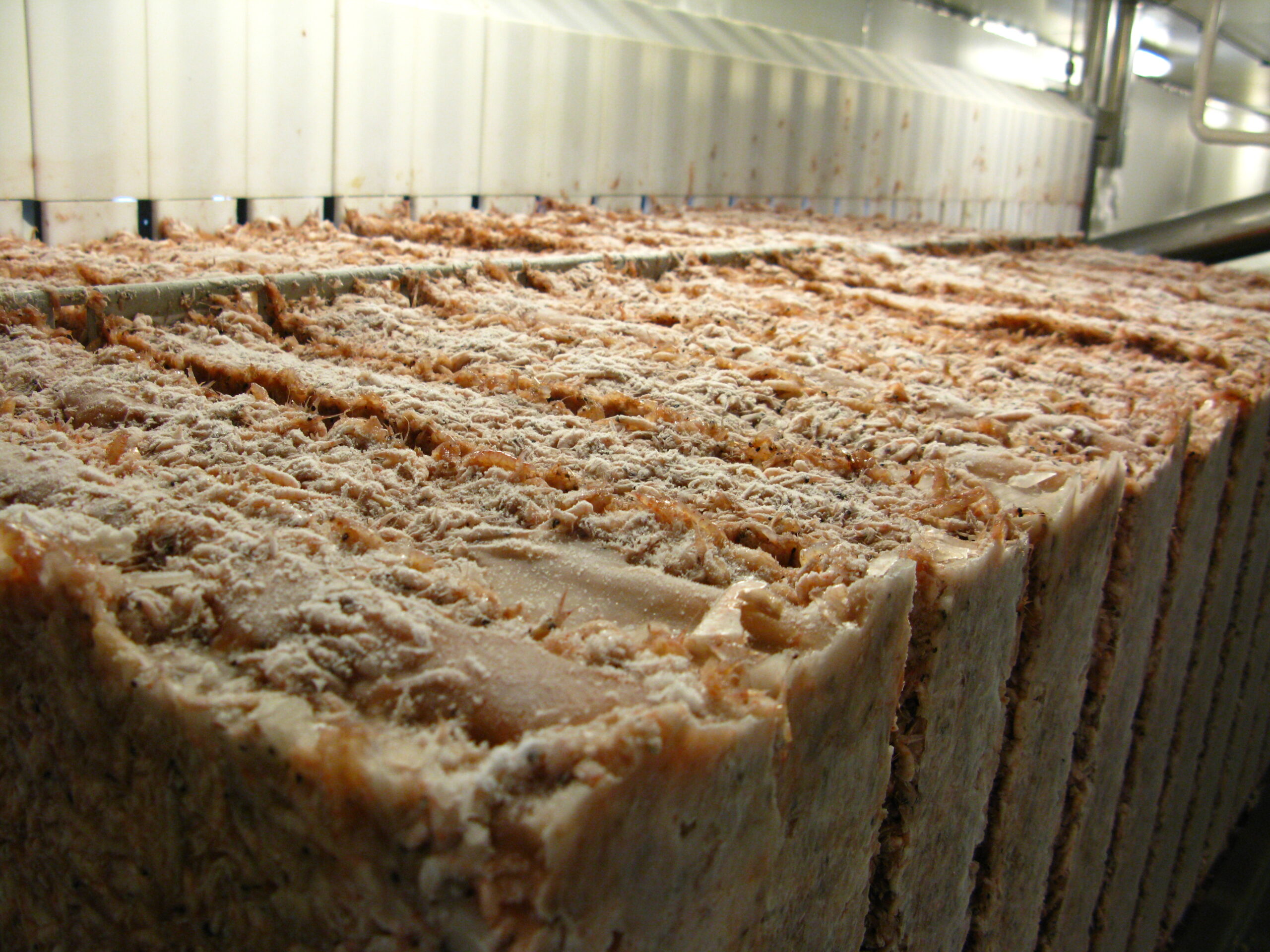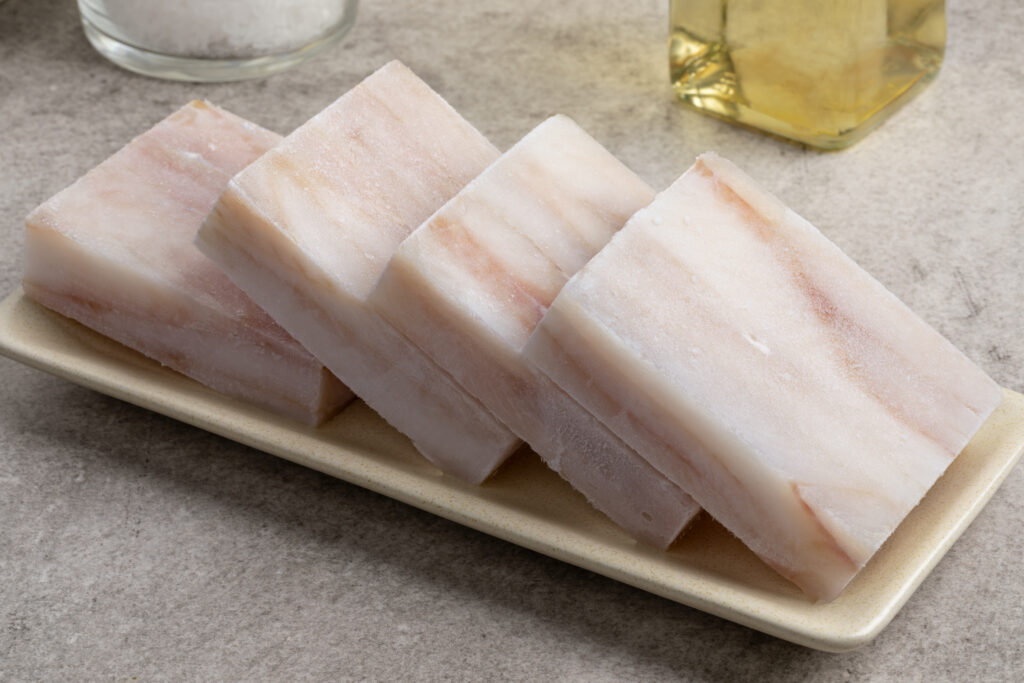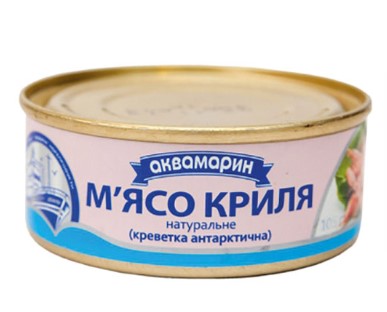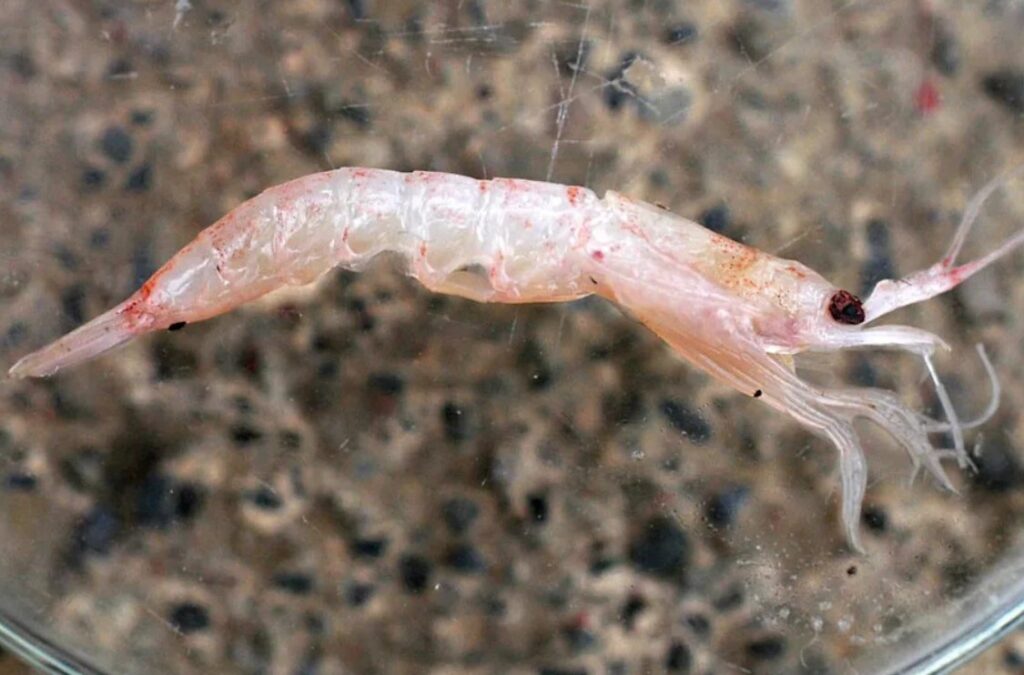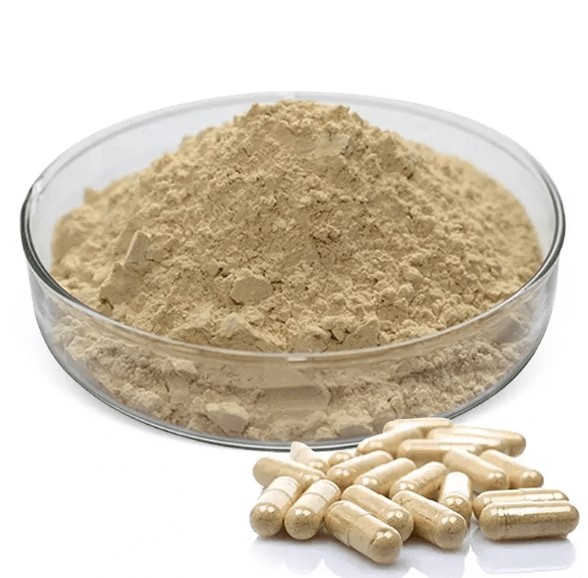Lipids in Raw Krill
Seasonal Variations. Internal Working Material. Average All Regions CCAMLR FAO 48). Version R&D 2006 (Pub. 2006). South Antarctic raw krill lipid content varies mainly dependant on seasonality, fishing ground and krill’s own biologically conditions. Orkney and Elephant Islands show a higher raw krill fat content (4.0 ~ 6.0% w/w) while fishing within the middle of …

